The International Ecoschool Programme
Long-term participatory education for the world we want to live in
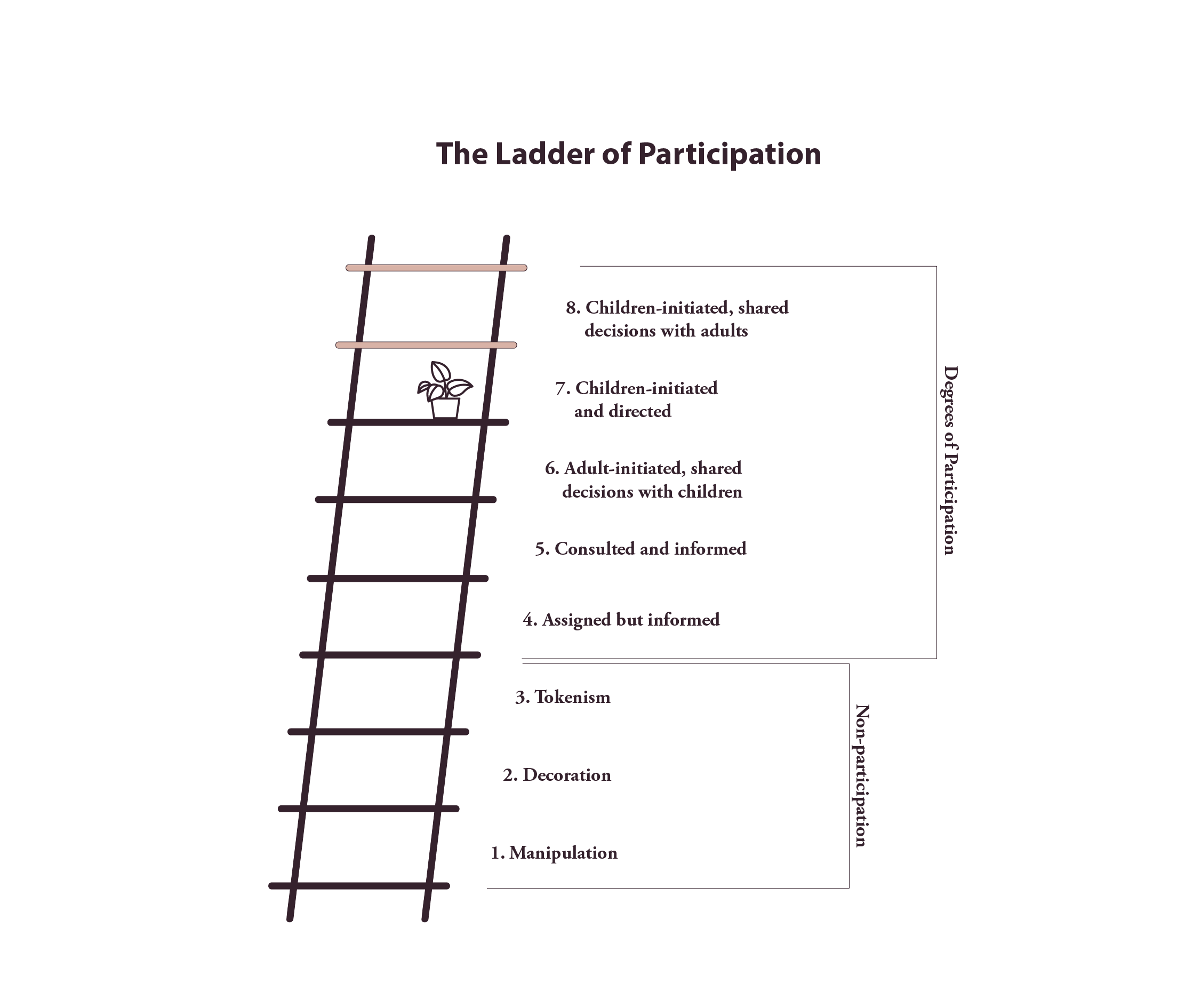
“In the EcoTeam, if someone has an idea, they can put it forward, and if it is feasible, we always try to implement it.”
A student member of the EcoTeam
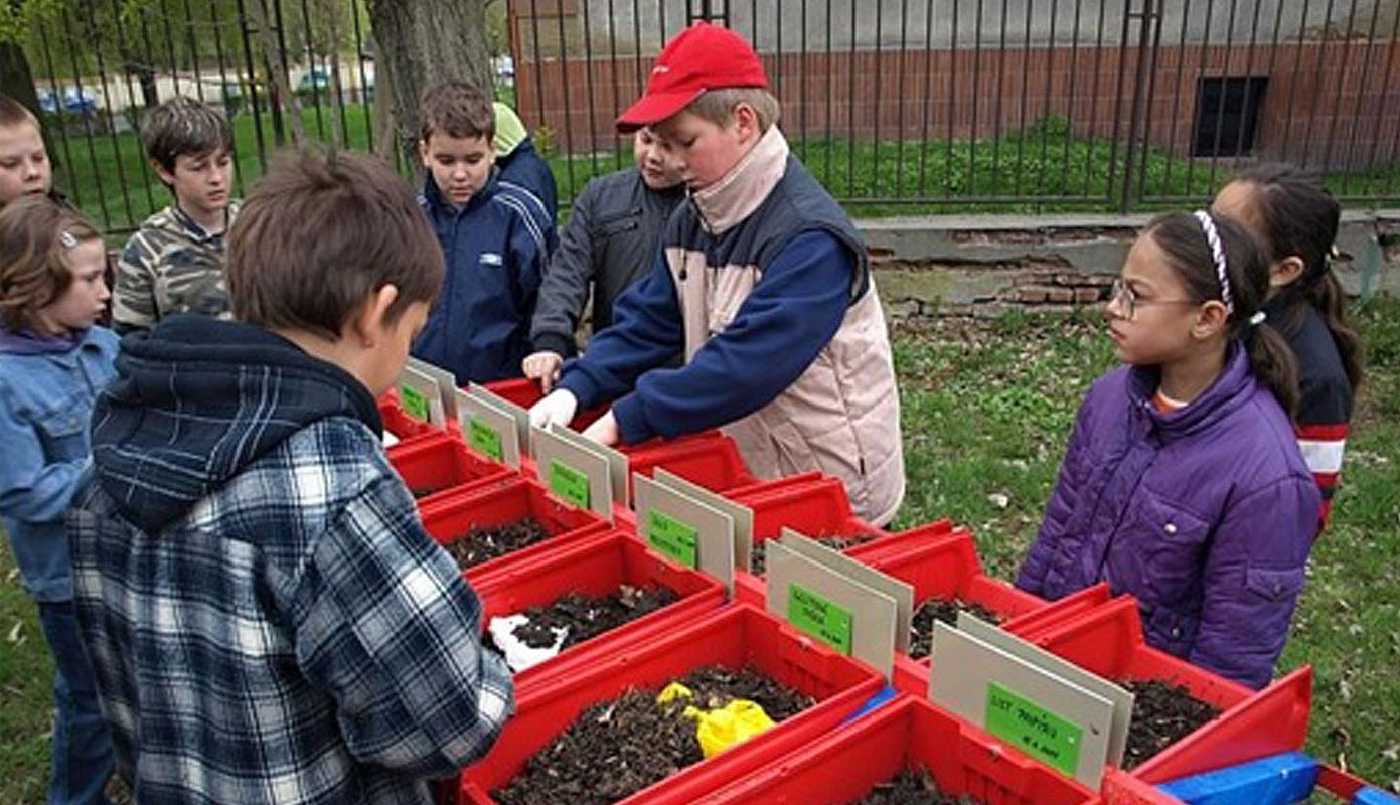
“Students in the EcoTeam are encouraged to make decisions and their opinions are heard.”
A teacher and EcoSchool coordinator
What can you learn about the EcoSchool?
- It is the story of a Programme that started in Denmark in only a few schools; today, this Programme is changing the worldview of millions of school children.
- It incorporates the Seven-Step methodology as the essence of the function of the EcoSchool.
- We can learn from children’s experiences with the Programme in the Czech Republic.
Often, all it takes is trust
The main goal of the Eco-School is to teach students to solve environmental problems actively and independently in their environment. It is a long-term Programme, open to kindergartens, primary, and secondary schools wishing to develop their environmental activities. These schools look for ways to make the learning environment a more pleasant, democratic, nature-friendly place to exist. Most importantly, EcoSchool educates school children in such a way that they are able and willing to actively and independently improve their environment. It responds to the common feeling among students that they cannot make a difference or that they are just “young masters”. With EcoSchool, they are solving real problems. They learn to both plan and experience the joy of the results of their work. The environment stops being just a lesson for them and becomes something more interesting as something they can influence themselves. They experience real participation in affecting how their school runs, and they are aware of their own responsibilities for the environment and world in which they live. When students from the Rajhrad Secondary School of Horticulture found themselves as lecturers at a workshop for teachers, they were told that often all it takes is trust. With trust, young people can do much more than we think.
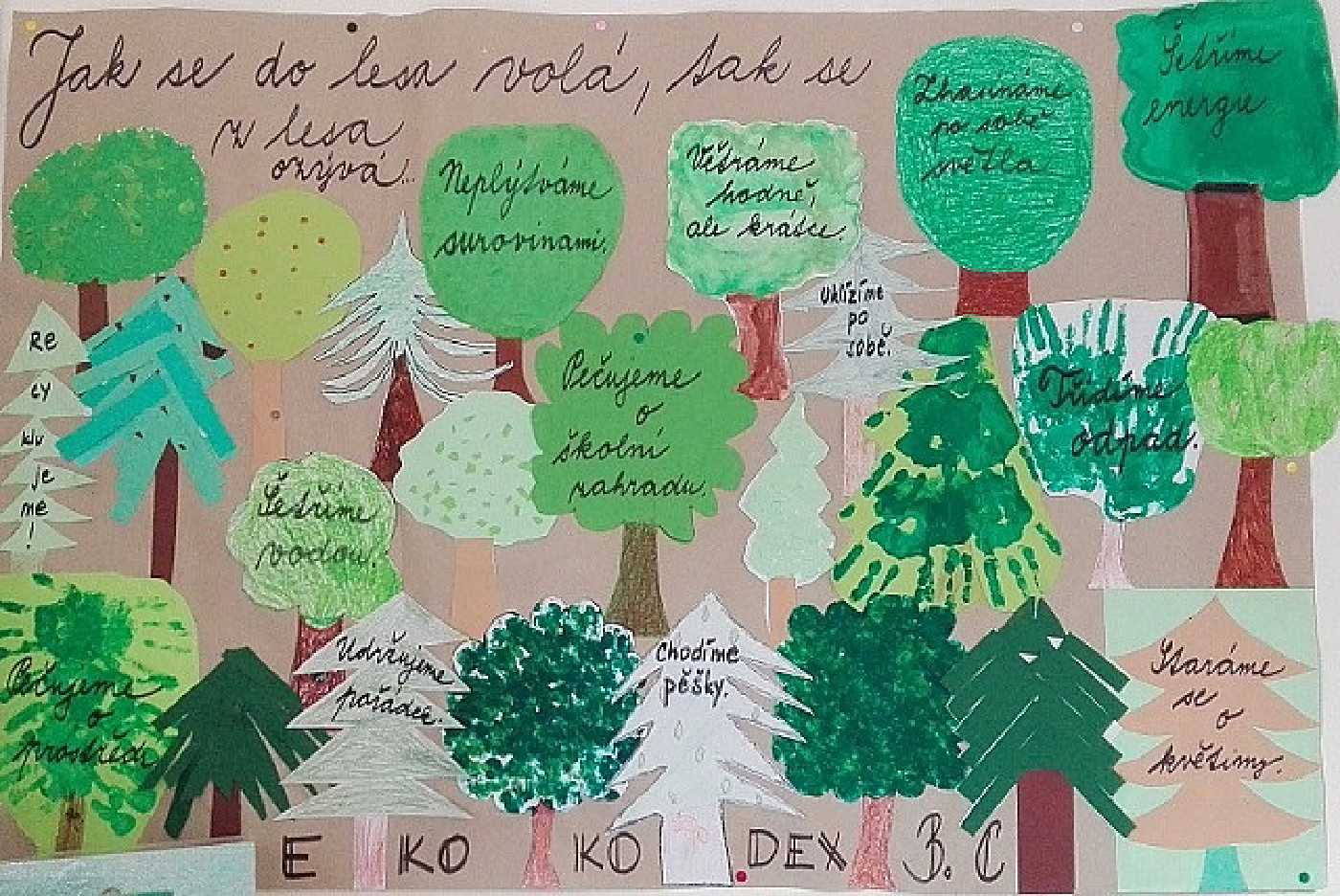
The road to the EcoSchool: from Rio to the world, the story of the EcoSchool
Thanks to the EcoSchool, children have been changing the world for the better for the past 27 years. In 1992, the City of Rio de Janeiro made history for other reasons than their famous Carnival. It was the venue for a meeting of representatives from 172 different countries at the UN Conference known as the Earth Summit. Here, an agreement was formulated on how to approach implementing sustainable development, and it was in Rio that the need to address long-term environmental sustainability through education arose. So, in 1994, the first few schools began using the 7-step methodology to teach students to notice the world around them and to take initiative and to improve the world for the better. Twenty-eight years later, we have more than 52,000 schools around the world that continue to use this programme. What started with a few dozen students and teachers in 1992 has grown into a movement involving 19 million people in over 68 countries. In the Czech Republic, more than 400 schools and 70,000 children and teachers are involved in the programme.
“It seems to me that this is the most elaborate system of long-term education and child-rearing in the spirit of learning for the future.”
Monika Olšáková, a teacher and 2nd place winner of the Global Teacher Prize in 2019
The Seven-Step Methodology as the essence of Eco-School
The EcoSchool is based on a unique Seven-step methodology. It is key because it leads young people to be engaged, which translates into changes at school and in the lives of the students themselves.
The first step, according to the methodology, is to establish an EcoTeam, which is the heart and engine of the EcoSchool. In the second step, the EcoTeam analyses the state of the school, looking for strengths and weaknesses. This is followed by two more steps: planning and evaluation, which both inherently include learning from mistakes. The fifth step centres on working together to gather information on a given environment, while the sixth step involves the integration of environmental education into the whole school curriculum. The school also has a type of “compass” for imaginary value, or a set of rules that it tries to fulfil (the EcoCode); the creation of which is the last step that the methodology encourages. Throughout the process, students learn to work in teams, gather information, and make connections. Schools choose the themes by which the implementation of the EcoSchool is framed. Primary and secondary schools work with nine themes, and kindergartens have a choice from four. Schools that meet the criteria based on the methodology can apply for certification, i.e., the award of a title. Certification is possible in three levels or pathways: bronze, silver, and green. The three-tier system allows all schools to be certified according to their needs and level of involvement in the programme.
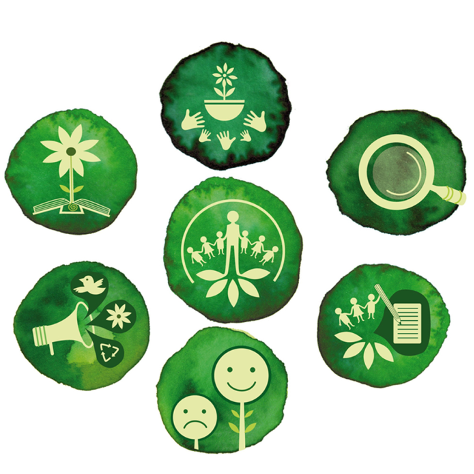
Long distance running
The EcoSchool is a long-term programme that demands a significant amount of time and energy from school management, the coordinator, and the students in the EcoTeam. The prerequisite for success is the openness of the school leadership to new approaches as well as a willing coordinator’s commitment to the programme. The school climate must encourage students to become partners in discussing solutions, so there should be a high level of student participation. Methodological support is also an essential part of this process and must be consistent. This should be provided by the EcoSchool coordinator in the Czech Republic, the TEREZA Association. This includes comprehensive services for schools, such as seminars, individual consultations, the development of methodological materials, mentoring, networking offers, and more. While TEREZA, six other environmental education centres, and a team of mentors and consultants help to implement the programme in schools, it mostly depends on teachers, parents, and of course, children who work directly in schools for its success.
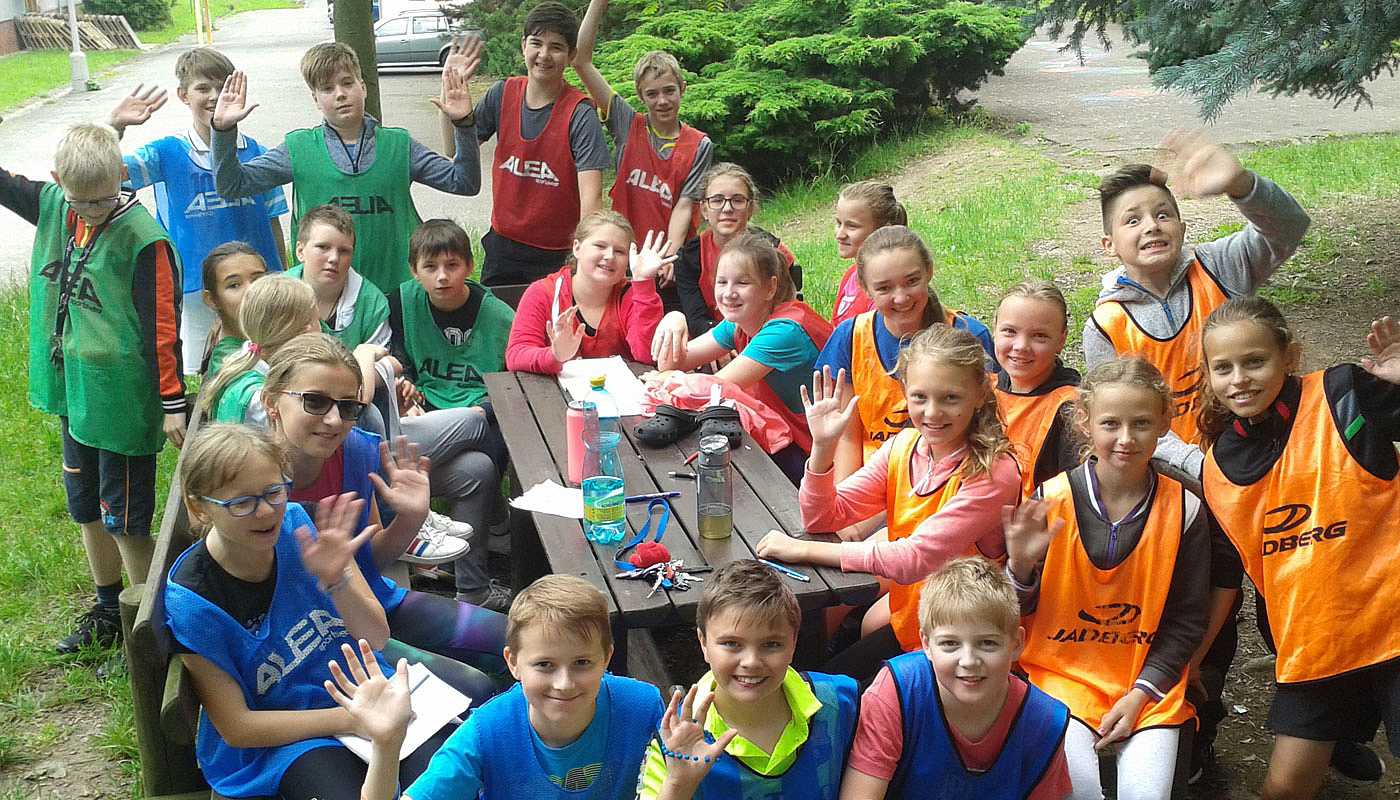
Risks encountered in the implementation of the programme
In terms of risks, in the context of developing students participation, it is demotivating for EcoTeams if they do not meet their goal for various reasons. Often, they run into opposition from schools or municipality authorities, or they do not have sufficient financial resources for more costly measures. The main risk from teachers’ perspectives is the time commitment, and for some there is also a persistent fear of increased bureaucracy. Around a third of teachers choose only certain topics and methodologies, and 57 per cent of them said that they choose parts of the programme because they do not have time for such a comprehensive concept like an EcoSchool. The fee for participation in the programme is also a barrier for some schools. The Covid-19 Pandemic was also a specific risk. During the Pandemic, it was practically impossible for EcoTeams composed of students from different classes to meet, and only a small number of schools managed the transition to an online environment.
The concrete impact on students’ competences
EcoSchool develops children’s independence, problem-solving skills and their beliefs in the successes of their own actions. The development of students’ key competences is also the biggest motivation for teachers to join the programme (the actual “greening” of the school is a close second).
Research shows that participants in the Eco-School programme from schools that have been awarded the Green Flag are more environmentally friendly than other students (sorting waste, participating in voluntary actions for nature, saving water, etc.). They are also more likely than other students to feel that their actions influence the state of the environment. They discuss environmental problems at home and with their friends and therein act as “opinion leaders” in their environments. The follow-up research also showed that the perceived levels of students’ participation were related to how satisfied they were in their classrooms and schools, and consequently how satisfied they were with their membership in the EcoTeam. This was also related to teachers’ commitments to the EcoSchool and the frequency of EcoTeam meetings.
Impact on the school and the local community
Thanks to the Eco-School, the environment in which the children live is improved. The themes often have an overlap with the community; for example, school children in Šardice are worried about the lack of water and are trying to find solutions in cooperation with the local community (a water theme), while in Křtiny they are promoting environmentally-friendly means of transport to school and at the municipal level (a transportation theme). One of the steps of the methodology, information and cooperation, is evident in the “bridge” between the school and the local community. At the same time, it is clear from research that the potential of the programme in this area has not been fully explored. At least 50 per cent of educator respondents said that the EcoSchool should do more to help connect schools and children with their communities.
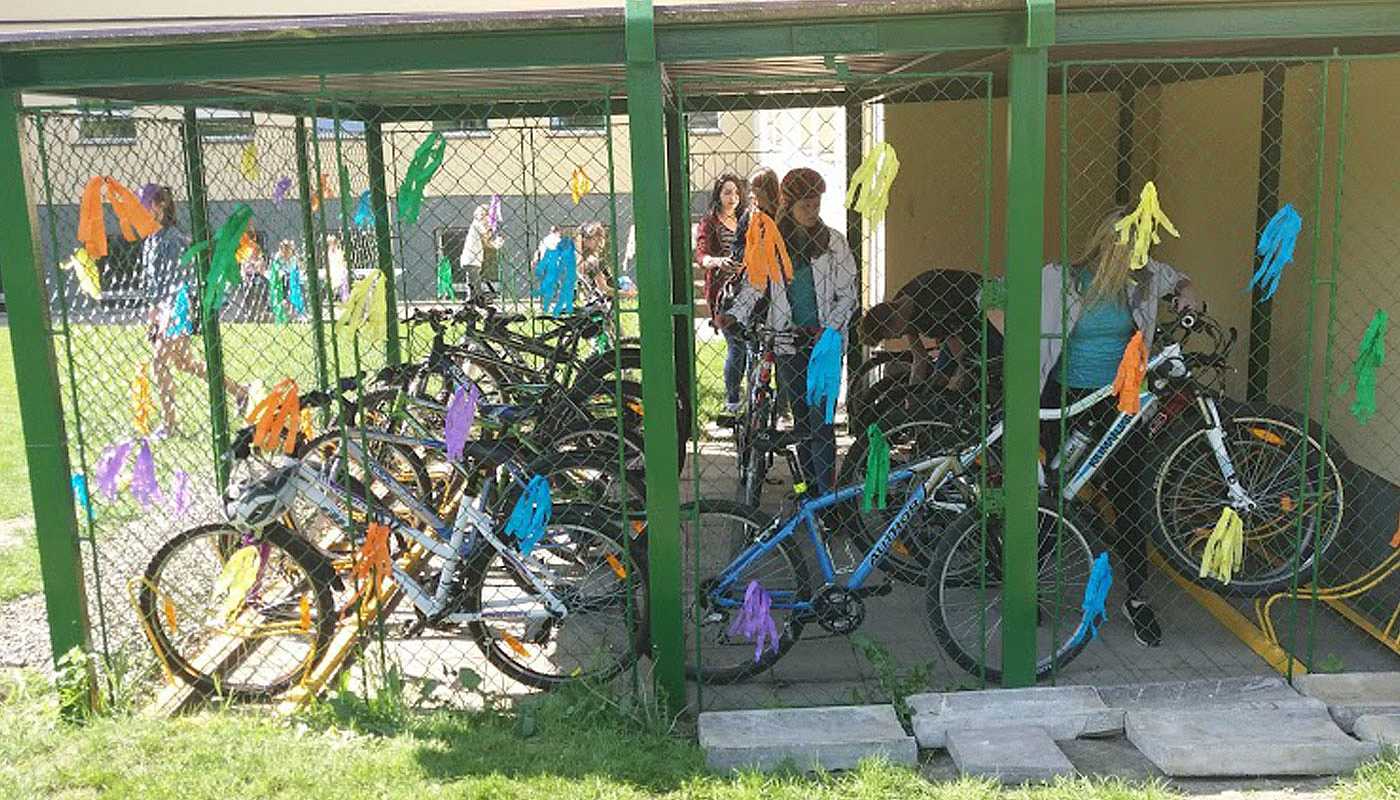
Sample description of the mini-project implementation
The Rajhrad Secondary School of Horticulture — Throw it in the trash, not over your shoulder!
What did we want to achieve?
We found that there are not enough places for sorted waste at the school and the current system is not working, so we decided to do something about it. Our goal was to survey the school population about the condition of the bins, to buy new bins and place them in the classrooms (plastic and paper), and to modify the labels on the bins. We wanted to write and place the information on each bin about what belongs in it. The target group was all the students at our school.
Step-by-step implementation
We began by conducting a survey responses to a questionnaire based on students’ satisfaction levels with their options to sort waste at the school. In March we bought new bins and placed them in the classrooms. Then, we worked on making promotional and informative posters on how to manage waste. A space for sorting plastic, paper, and mixed waste was created in all classrooms (15 in total), and in three important places in the corridors (the canteen, the cloakrooms, and the transition space between the new and the old building). It was easy to organise the collection of the bins, and we created a calendar of services. Above all, it was important to check the condition of the bins. It took 15 minutes to coordinate the placement of all the bins. In April and May, we had to promote the EcoSchool and the project itself, so we organised a tea party in the school garden. Then, we conducted the survey again in May after the bins had been placed.
What are we proud of?
We are proud of the fact that our project was successful.
The educator’s view
I believe it made sense to the students. The project had a solid foundation to fall back on when writing it, and it had a tangible outcome for them. It’s important that they saw a clear change. I do not think our project was anything super special, though, because it is simple. But, by really having the students do the whole project, it fulfilled a critical element for us. The students realised the amount of work behind the implementation. They were really pleased that their project had been beneficial and that they had been rewarded for their efforts.
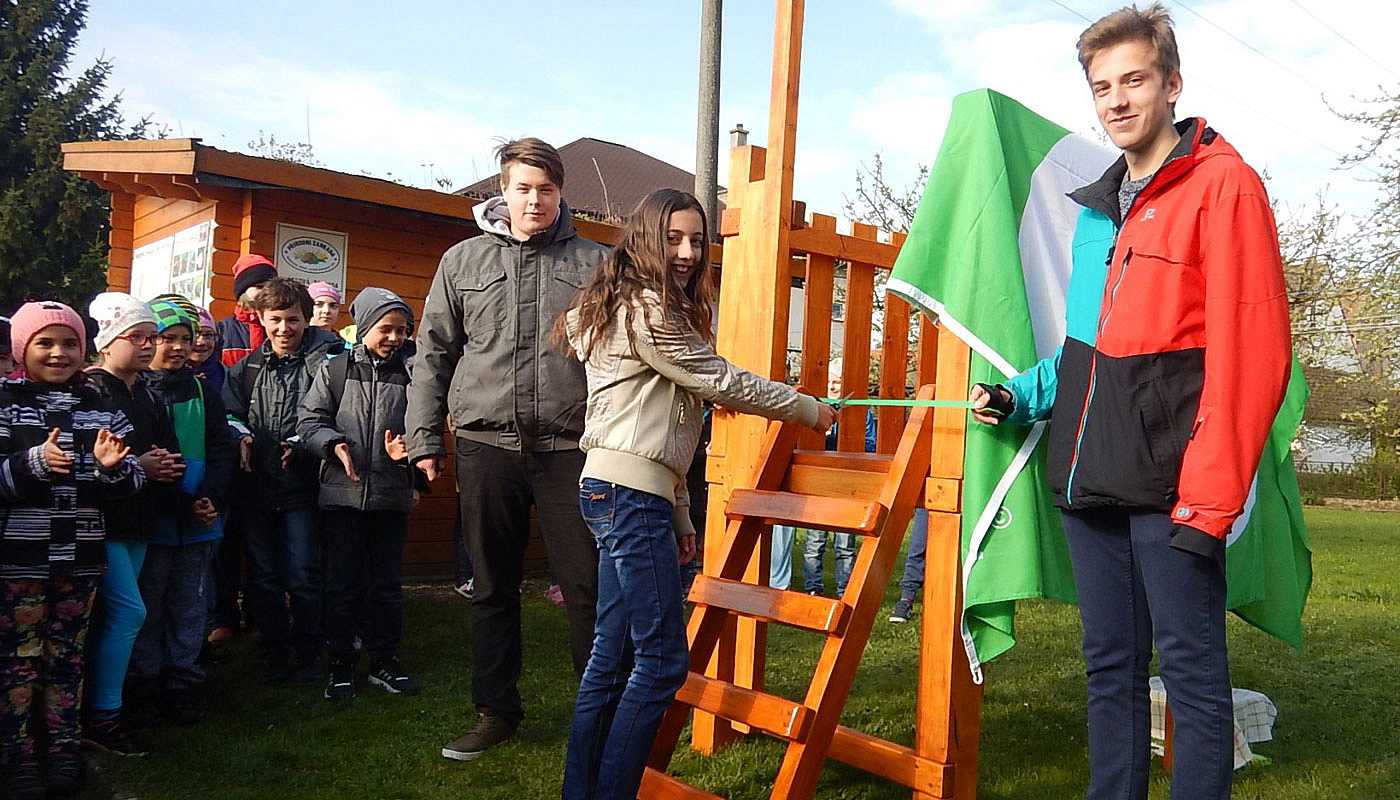
Adapted from student intentions and texts at www.podnikavamysl.cz
For more information about the EcoSchool programme, visit www.ekoskola.cz.
The Entrepreneurship Development Platform can be found at www.podnikavamysl.cz.
Research used
ČINČERA, Jan. 2008: evaluation of the Eco-school programme
ČINČERA, Jan. Eco-school 2012: evaluation report
KRAJHANZL, Jan. Evaluation of Eco-school 2012: participation through the eyes of pupils and coordinators
Behavio: Eco-Schools 2020 Teacher Needs